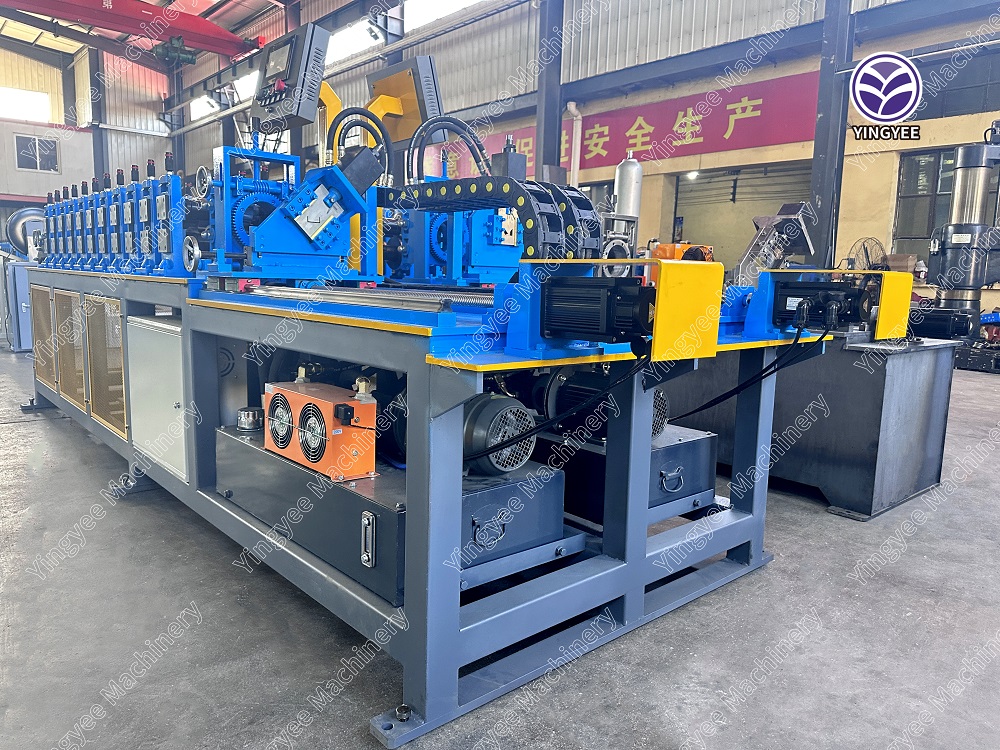
The Evolution and Impact of EPS Sandwich Panel Line Technology
The construction industry continually seeks innovative solutions to meet the growing demand for efficient and sustainable building materials. One of the most significant advancements in this field is the development of the EPS (Expanded Polystyrene) sandwich panel line. This technology has transformed how buildings are constructed, offering numerous advantages over traditional methods.
EPS sandwich panels consist of two outer layers, typically made of steel or cement, with a core of EPS foam. This unique composition provides exceptional insulation properties, soundproofing, and structural integrity, making it an ideal choice for various applications, including residential, commercial, and industrial buildings. The EPS sandwich panel line automates the manufacturing process, ensuring consistent quality and reducing production time.
Advantages of EPS Sandwich Panels
1. Thermal Insulation One of the most notable benefits of EPS sandwich panels is their superior thermal insulation properties. The EPS core acts as an insulator, reducing heat transfer and helping maintain stable indoor temperatures. This leads to energy savings, as buildings require less energy for heating and cooling.
2. Lightweight and Easy to Handle EPS sandwich panels are significantly lighter than traditional construction materials, such as concrete or brick. This lightweight nature not only reduces transportation costs but also allows for easier handling and installation. Builders can complete construction projects more rapidly, contributing to reduced labor costs and timelines.
3. Cost-Effective Solutions While the initial investment in EPS sandwich panels may be higher than traditional materials, the long-term savings on energy bills and maintenance often outweigh these costs. Additionally, the efficiency of the manufacturing process reduces overall expenditures for contractors.
4. Versatility in Design EPS sandwich panels can be customized to meet specific design requirements. They can be produced in various shapes, sizes, and colors, allowing architects and builders to achieve their desired aesthetic without compromising on performance.
5. Eco-Friendly The EPS used in sandwich panels is recyclable, contributing to sustainable building practices. Moreover, the energy savings resulting from the effective insulation significantly reduce a building's carbon footprint over its lifecycle.
The Manufacturing Process of EPS Sandwich Panel Lines
The efficiency of the EPS sandwich panel line lies in its automated production process. Modern manufacturing systems incorporate advanced technology, including computer-controlled machinery that enhances precision and reduces human error. The production steps generally include

1. Material Preparation Raw materials, including sheets of steel or cement and EPS foam, are prepared for processing.
2. Foam Injection The EPS foam is injected between the two outer layers. This step is crucial, as it determines the panel's insulation properties.
4. Trimming and Finishing Once cured, the panels are trimmed to the required dimensions, and finishing touches are applied to meet aesthetic demands and industry standards.
5. Quality Control Stringent quality control measures are implemented at various stages of the process, ensuring that each panel meets the highest standards of durability and performance.
Applications of EPS Sandwich Panels
The versatility of EPS sandwich panels makes them suitable for various applications. They are commonly used in
- Industrial Buildings Factories and warehouses benefit from the quick installation and energy efficiency of these panels. - Cold Storage Facilities The excellent insulation properties make them ideal for temperature-sensitive environments. - Residential Projects Homebuilders are increasingly turning to EPS sandwich panels for quick and sustainable construction solutions. - Modular Buildings The lightweight nature of the panels allows for easy transportation and assembly on-site.
Conclusion
The EPS sandwich panel line represents a significant advancement in construction technology. Its combination of insulation efficiency, lightweight design, and environmental friendliness offers a compelling alternative to traditional building materials. As the demand for sustainable construction solutions grows, the technology surrounding EPS sandwich panels will likely continue to evolve, further solidifying their place in the future of building design and construction. By embracing this innovation, the construction industry can meet modern demands while promoting a more sustainable and energy-efficient future.